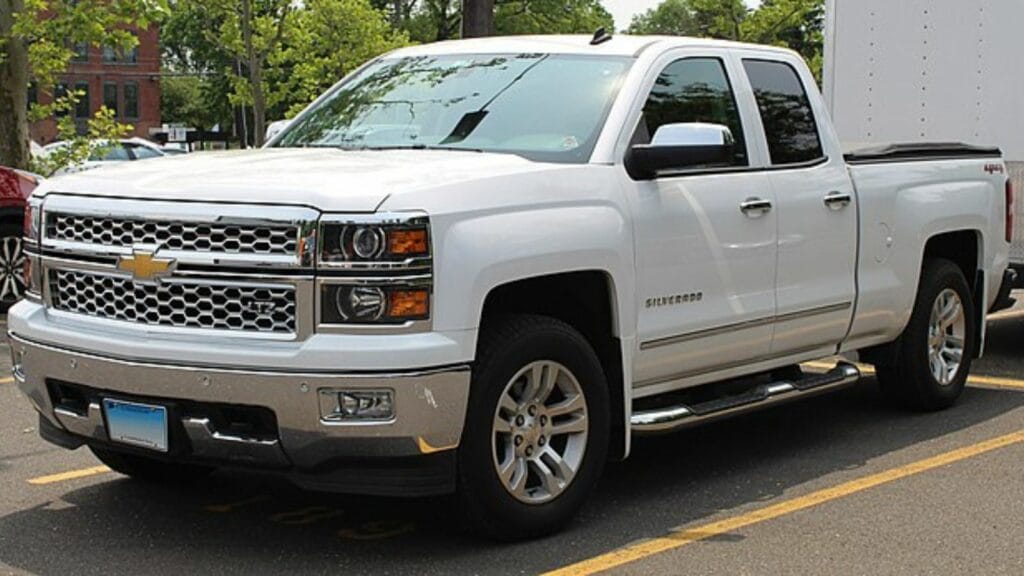Not every truck that looks like a rugged workhorse can back up that image once the odometer starts climbing. Some trucks wear their toughness like a designer jacket, all style, little substance when the miles pile up. Others truly earn their stripes, surviving decades of hauling, towing, and long-distance driving. Let us break down the ones that will make it to the finish line and the ones that will tap out early, with a peek under the hood at why.
Dodge Ram 1500 (2009 to 2012)
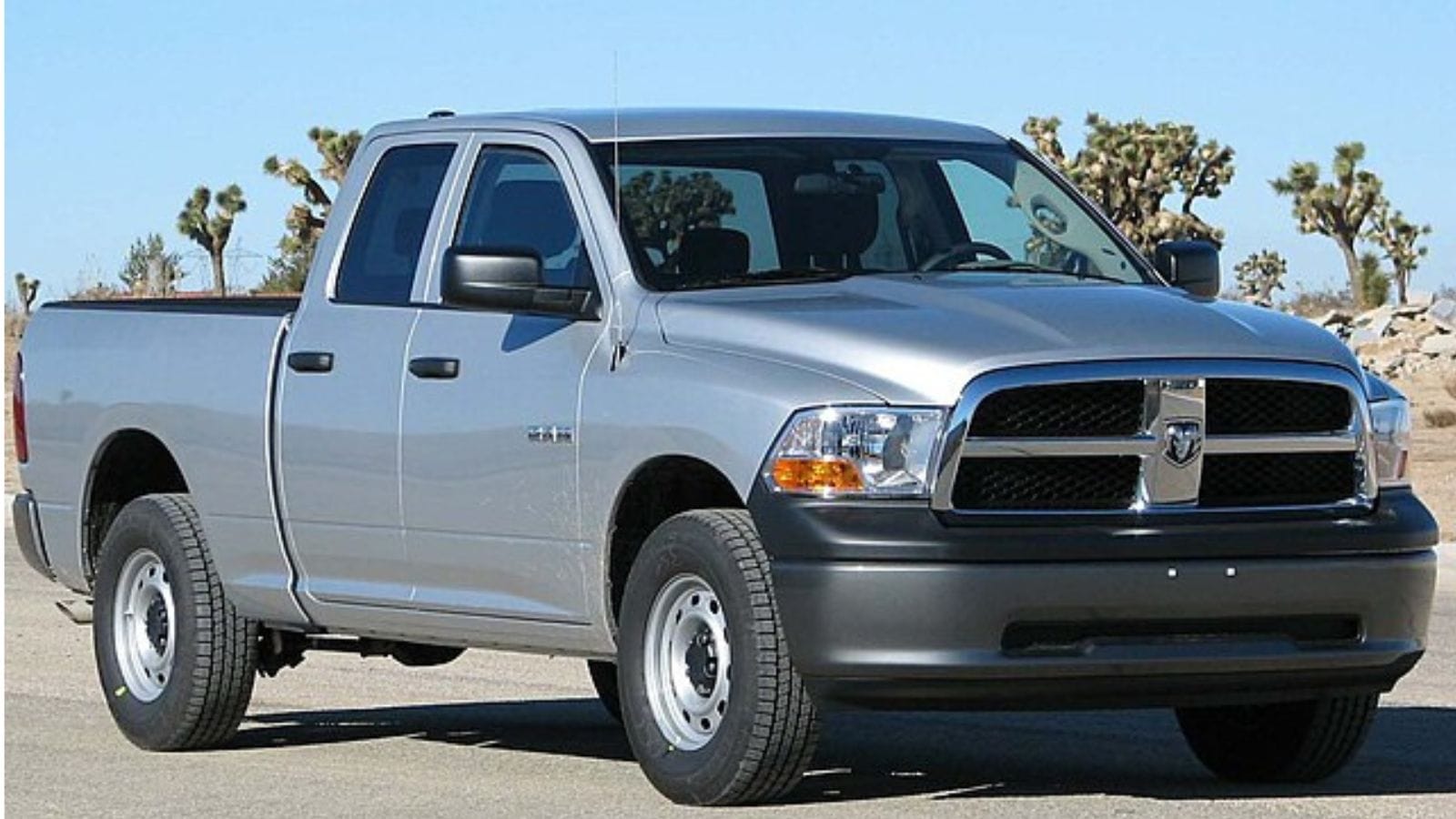
The 2009 to 2012 Ram 1500 had a commanding road presence, a plush cabin, and strong initial performance. Sadly, as the miles crept upward, many owners encountered problems like camshaft wear, faulty lifters, and transmission failures. These trucks often needed major mechanical work well before 200000 miles. The combination of advanced electronics and complex drivetrain components meant more potential failure points compared to older, simpler Rams.
Chevrolet Avalanche (2002 to 2006)

Chevys Avalanche was a design experiment that combined SUV comfort with pickup practicality. While the concept was clever, reliability over high mileage was not its strong point. Transmission problems and electrical issues, particularly with the body control module, would surface over time. Once the plastic cladding and seals aged, water leaks became common, which in turn accelerated corrosion and electrical faults. It is a fun weekend hauler, but not the kind of truck you buy for a lifetime of service.
Nissan Titan (2004 to 2010)

This first generation Titan came with a beefy 5.6 liter V8 and looked ready to do battle with Detroits best. Unfortunately, rear axle seal leaks, differential failures, and radiator transmission cooler failures plagued many high mileage examples. The mechanical autopsy often came down to undersized components that were fine for moderate loads but wore prematurely when pushed hard for years.
Ford F 150 EcoBoost (2011 to 2014)
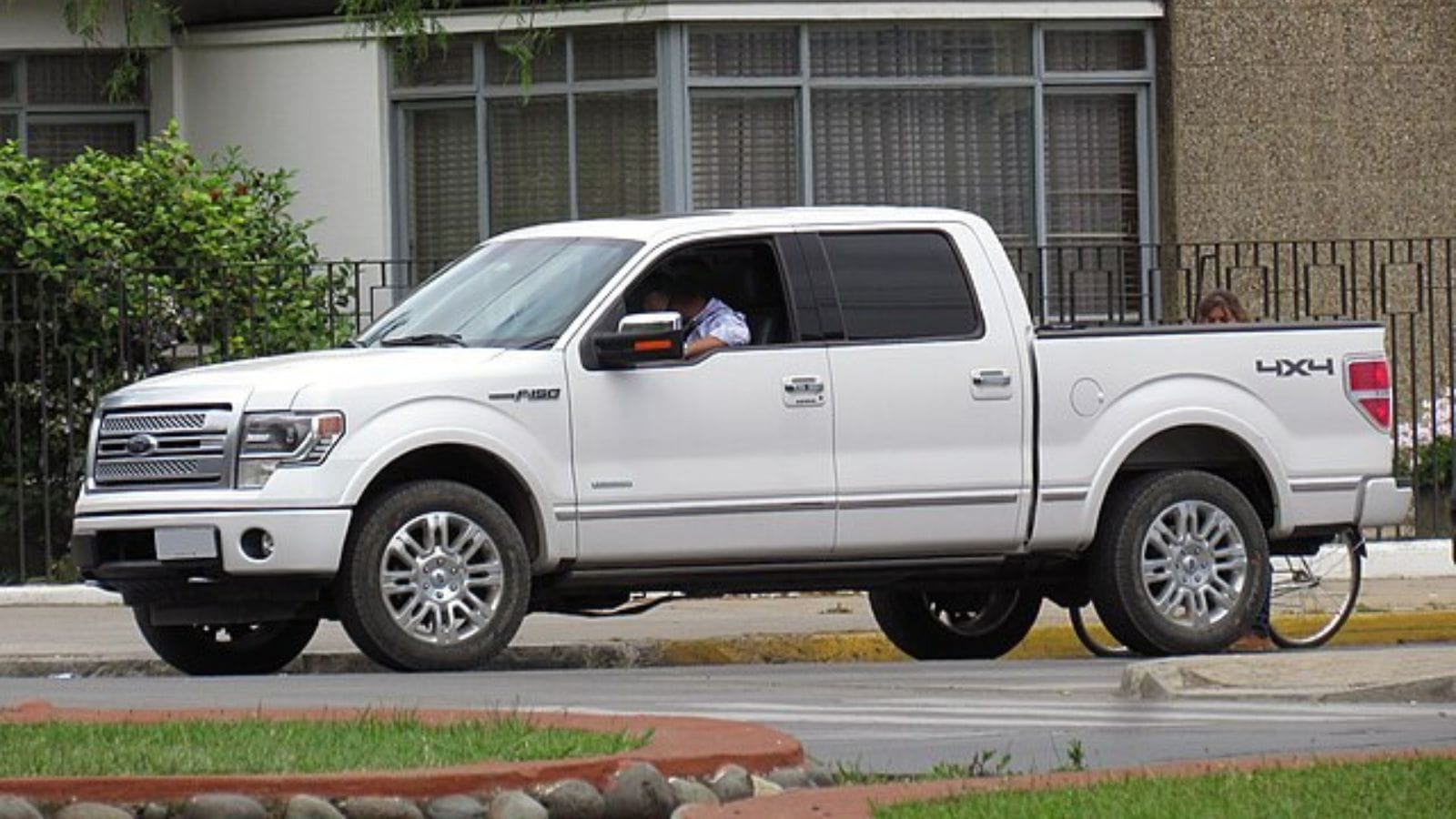
The twin turbo EcoBoost V6 promised strong torque and better fuel economy than a V8. While the performance was impressive, long-term ownership was not always rosy. Turbocharger failures, carbon buildup on intake valves, and intercooler condensation issues could be expensive to repair. These problems became more likely as mileage climbed past 120000, meaning that buyers hoping for 250000 miles often had to budget for some big-ticket fixes.
Toyota Tundra (2000 to 2006) The Reliable Standout

This early Tundra is proof that sometimes keeping things simple is the secret to longevity. The 4.7 liter V8 used here was overbuilt, with a robust timing belt system and fewer high strain turbo parts to fail. Owners who changed fluids on schedule often saw these trucks surpass 300000 miles with only minor work needed. The transmission was similarly stout, making this a true buy it and drive it workhorse.
Chevrolet Silverado 1500 (2014 to 2016)
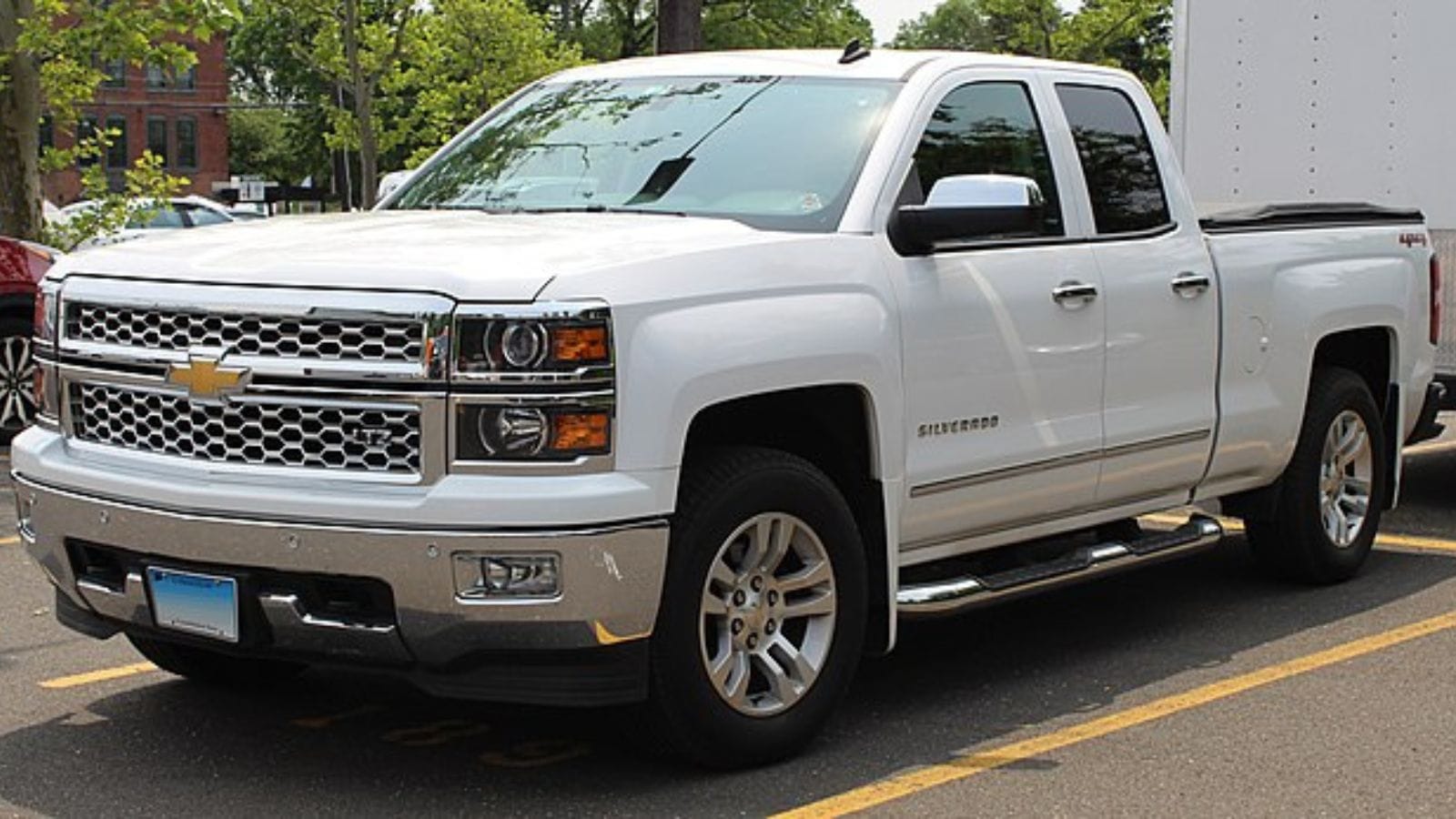
While the cabin comfort and refinement improved, these Silverados developed a reputation for excessive oil consumption in certain V8s and occasional transmission shuddering. The underlying issue often came down to Active Fuel Management systems and internal component wear. This meant the truck could be perfect for years, then suddenly start needing expensive repairs, not ideal for those looking for high-mileage peace of mind.
Honda Ridgeline (2006 to 2014) The Reliable Standout
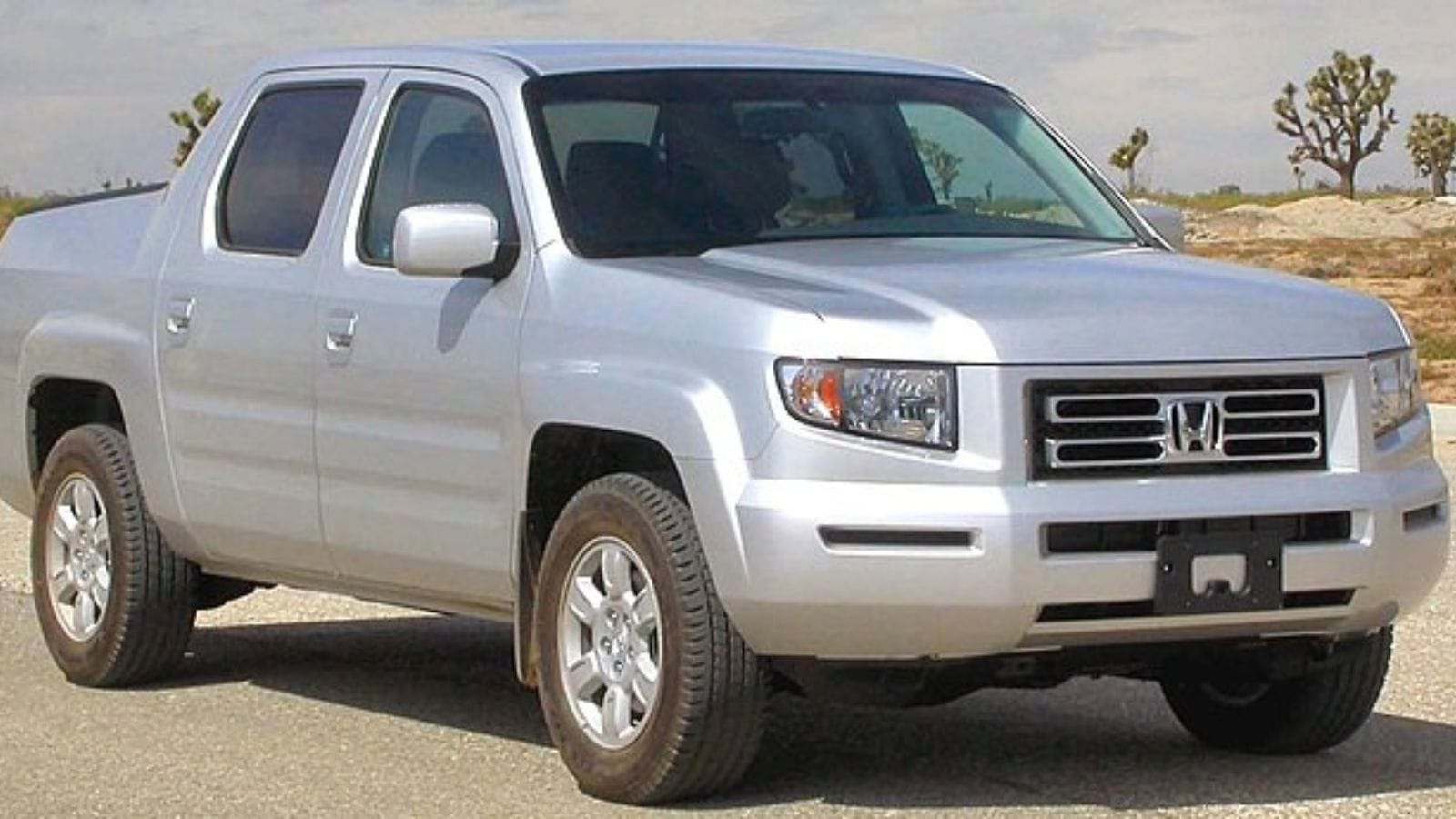
The first generation Ridgeline skipped the macho truck persona in favor of comfort and engineering efficiency. The 3.5 liter V6 was a known Honda workhorse, and the unibody design eliminated many of the frame rust and alignment issues traditional pickups faced. The result was a truck that could quietly rack up 250000 plus miles with minimal drama, provided owners kept up with timing belt changes.
GMC Canyon (2004 to 2012)
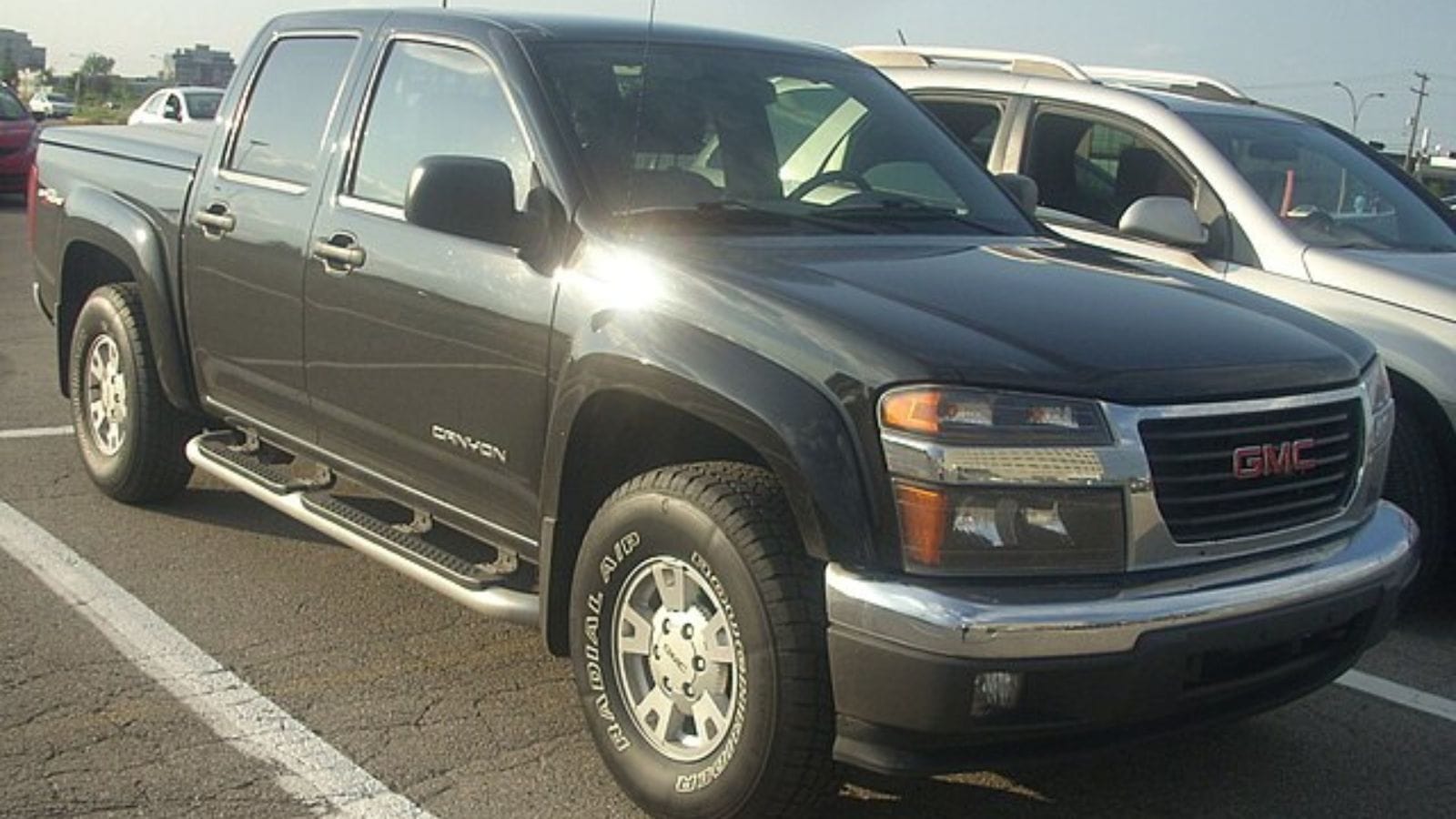
At first glance, the Canyon seemed like a smaller truck that could take on the big jobs. But weak inline five engines, electrical gremlins, and suspension component wear kept many from becoming long-distance legends. The smaller engine lineup, especially early models, often had to work harder to do truck jobs, leading to accelerated wear compared to more relaxed V6 or V8 setups.
Ford Super Duty 6.0 Power Stroke (2003 to 2007)
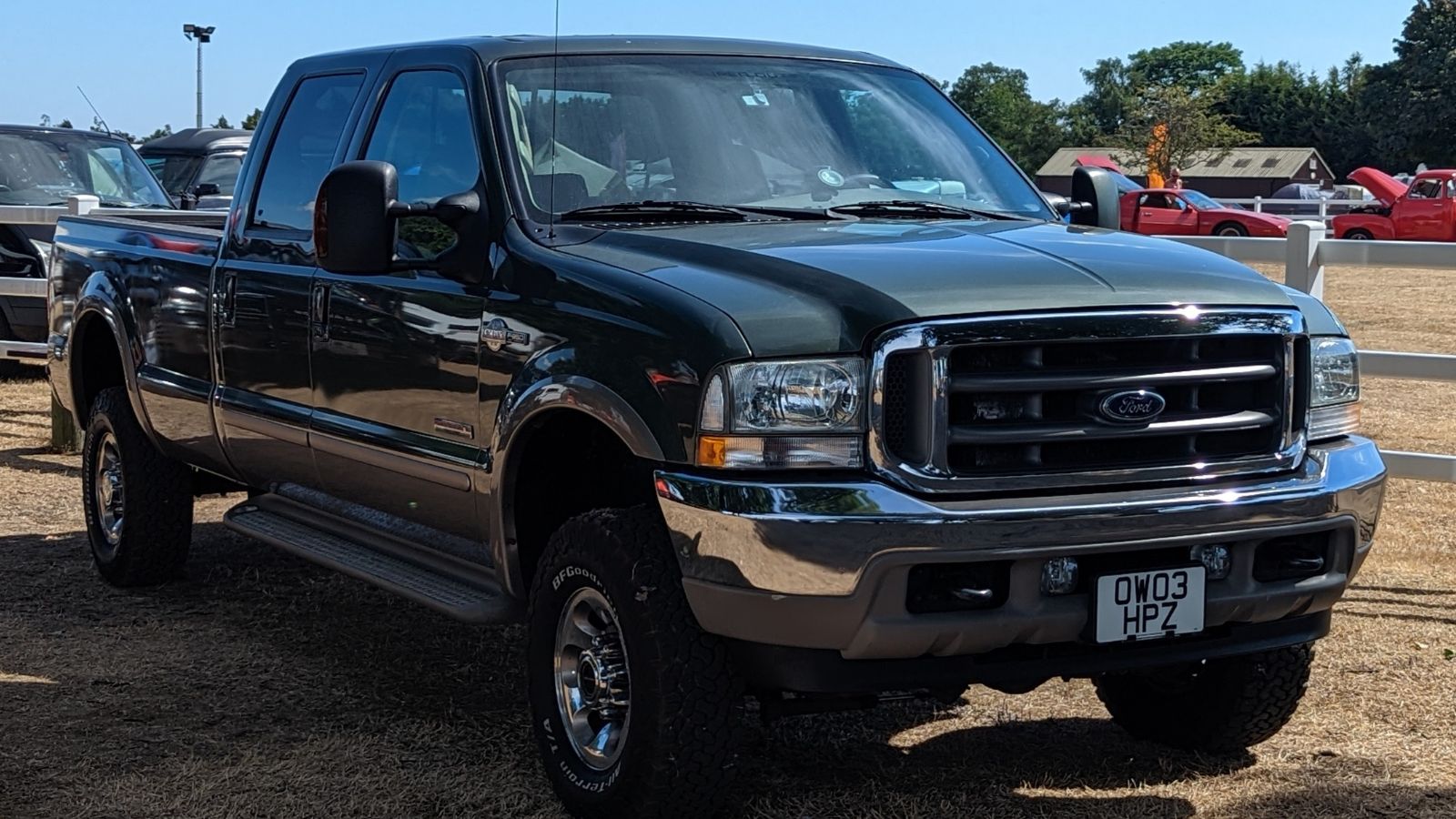
Few engines have been as notorious as the 6.0 Power Stroke diesel. On paper, it had the torque and specs to outlast everything. In reality, poor head stud design, problematic EGR systems, and oil cooler issues made it an expensive truck to keep alive past 200000 miles without major engine work. Owners who “bulletproofed” them early sometimes achieved impressive longevity, but that came with a steep cost.
Toyota Tacoma (2005 to 2015) The Reliable Standout
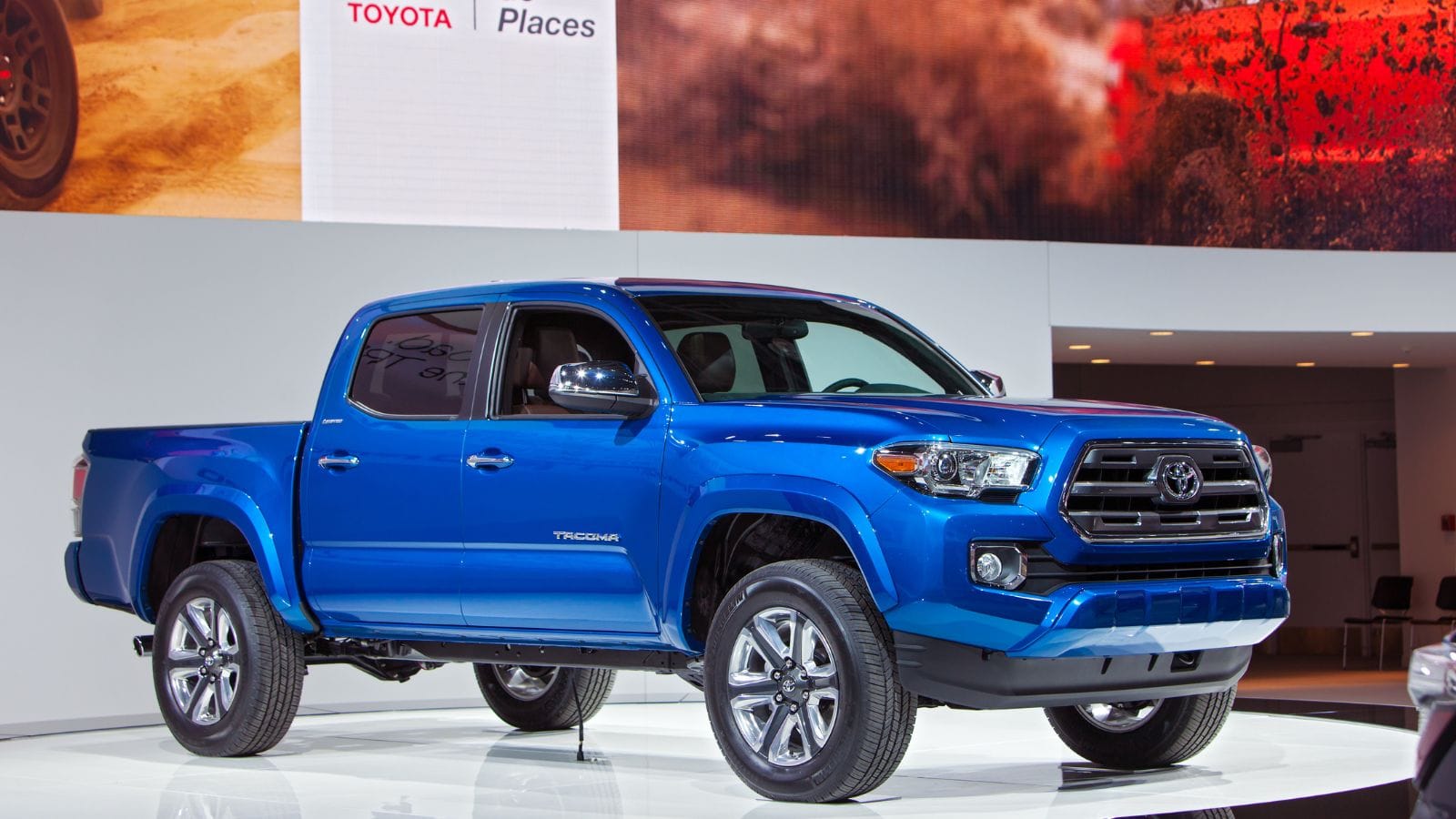
The Tacoma may be small compared to heavy duty trucks, but it punches far above its weight in durability. The 4.0 liter V6 and proven transmission could handle serious abuse. Even in harsh climates, Tacomas routinely hit 300000 miles. The only real Achilles heel was frame rust on certain years, but that was addressed through Toyotas frame replacement campaigns, keeping many on the road for decades.
25 Facts About Car Loans That Most Drivers Don’t Realize

Car loans are one of the most common ways people fund car purchases. Like any other kind of loan, car loans can have certain features that can be regarded as an advantage or a disadvantage to the borrower. Understanding all essential facts about car loans and how they work to ensure that you get the best deal for your financial situation is essential. Here are 25 shocking facts about car loans that most drivers don’t realize:
25 Facts About Car Loans That Most Drivers Don’t Realize
